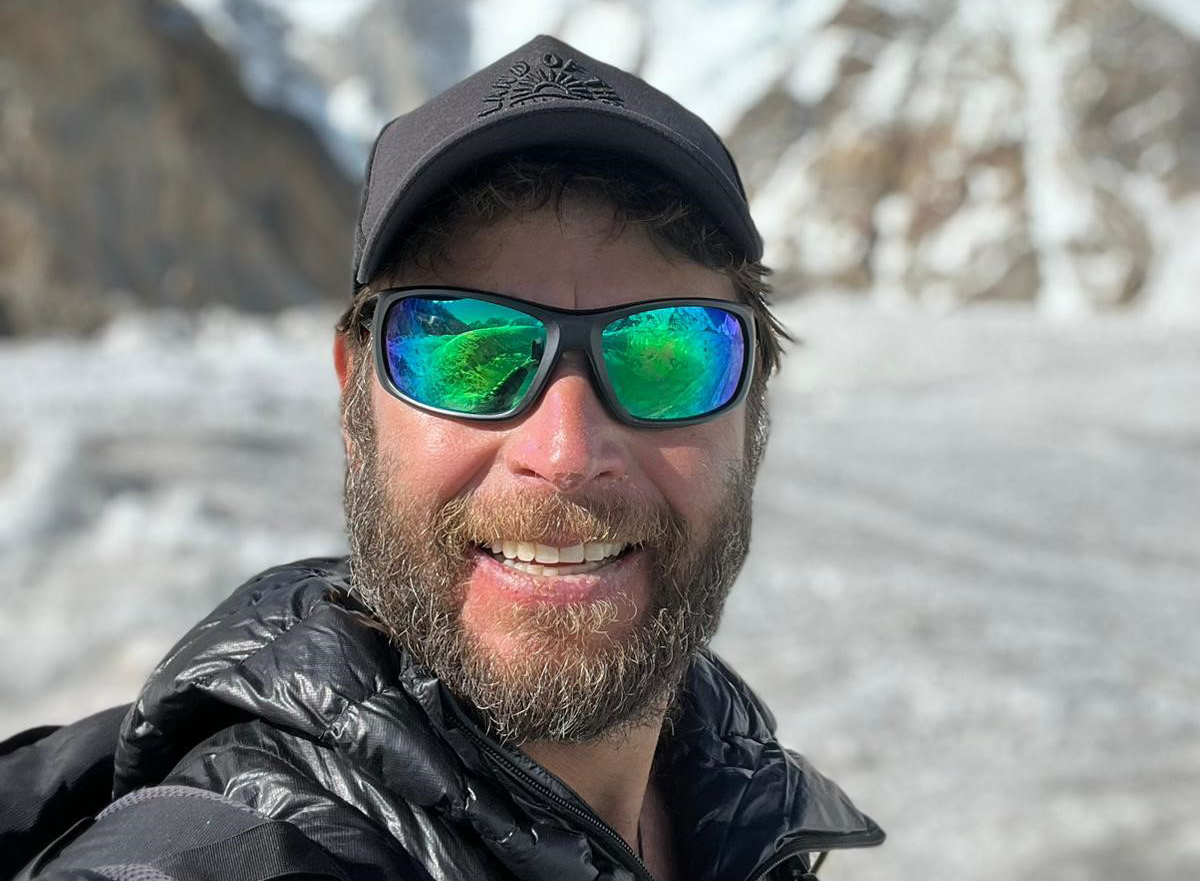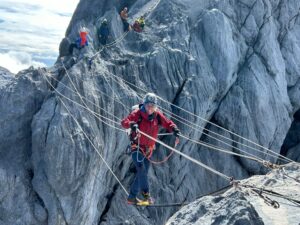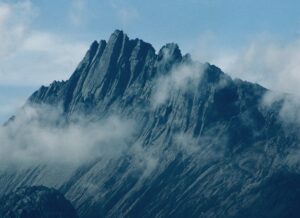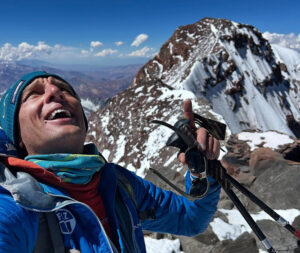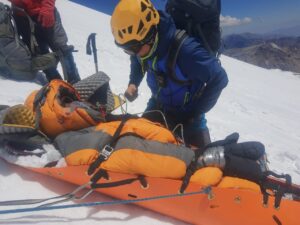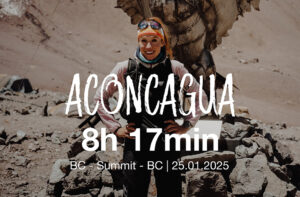Moeses Fiamoncini and Dario Libano of Brazil climbed Aconcagua in just one week to and from their home in Sao Paulo, located just 762m above sea level. It seems that the week-long high-altitude holiday may become a trend for 2025 in mountaineering. But there are important differences.
The Brazilians’ climb comes days after a UK team announced they would try to climb Everest in one week, using a combination of hypoxic training, Xenon gas, and full support on the mountain. Yet optimizing logistics to climb Aconcagua in a week is much simpler than applying a similar plan on Everest, especially if you’re already well-prepared. For one thing, it requires no extra gas of any kind.
Peru training
“Yes, we did a quick ascent in seven days: Sao Paulo-summit of Aconcagua-Sao Paulo,” guide Moeses Fiamoncini told ExplorersWeb. “But 10 days earlier, we climbed 5,600m Pichupichu [in Peru]. Then we climbed 6,075m Chachani.”
After these two training climbs, the pair went home and waited for the wind to die down on Aconcagua.
A week and a half later, a good weather window appeared. The next day, they flew to Mendoza and the following day to Base Camp.
“The permits were quick to obtain,” Fiamoncini explained. “A local agency handled that for us, along with the helicopter. After that, we did a very fast ascent.”
Next time, five days
Moeses Fiamoncini is a guide who is currently climbing the 14×8,000’ers without bottled oxygen. Last year, he and Dario Libano attempted Everest, Fiamoncini without gas, and Libano on oxygen. Fiamoncini also attempted winter Annapurna.
Given their success on Aconcagua, Fiamoncini would like to improve his time even further. Right now, he is acclimatizing with a new client in Ecuador. If the weather is right on Aconcagua after they return home, he’ll try to summit and return in five days.
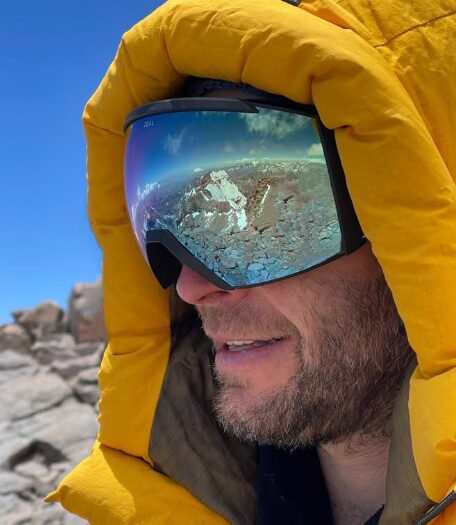
Aconcagua summit reflected in Fiamoncini’s mask. Photo: Dario Libano
Almost 7,000m but not E
At 6,961m, Aconcagua is the highest peak in the Americas and one of the Seven Summits. In good conditions, it provides a straightforward climb with no technical sections and few or no fixed ropes.
However, the altitude, the long summit day, and the often strong winds are not to be taken lightly. Good acclimatization is essential, as supplementary oxygen is rarely used. When frozen, its icy slopes may be dangerous. People die on the mountain nearly every year, mainly from altitude-related problems, but some accidents also occur.
Yet the climb remains much simpler than any major Himalayan peak, especially Everest. Companies operating on Aconcagua may provide camps supplied in advance. But if well-acclimatized and fit, climbers may try to reach the summit in a single push.
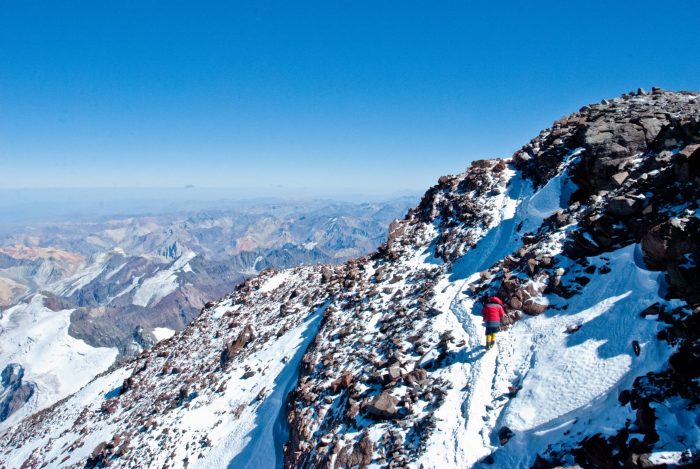
A climber approaches the summit of Aconcagua. Photo: Shutterstock
The climbing season on Aconcagua runs from December through February, and some climbers use it to prepare for a first Himalayan experience.
